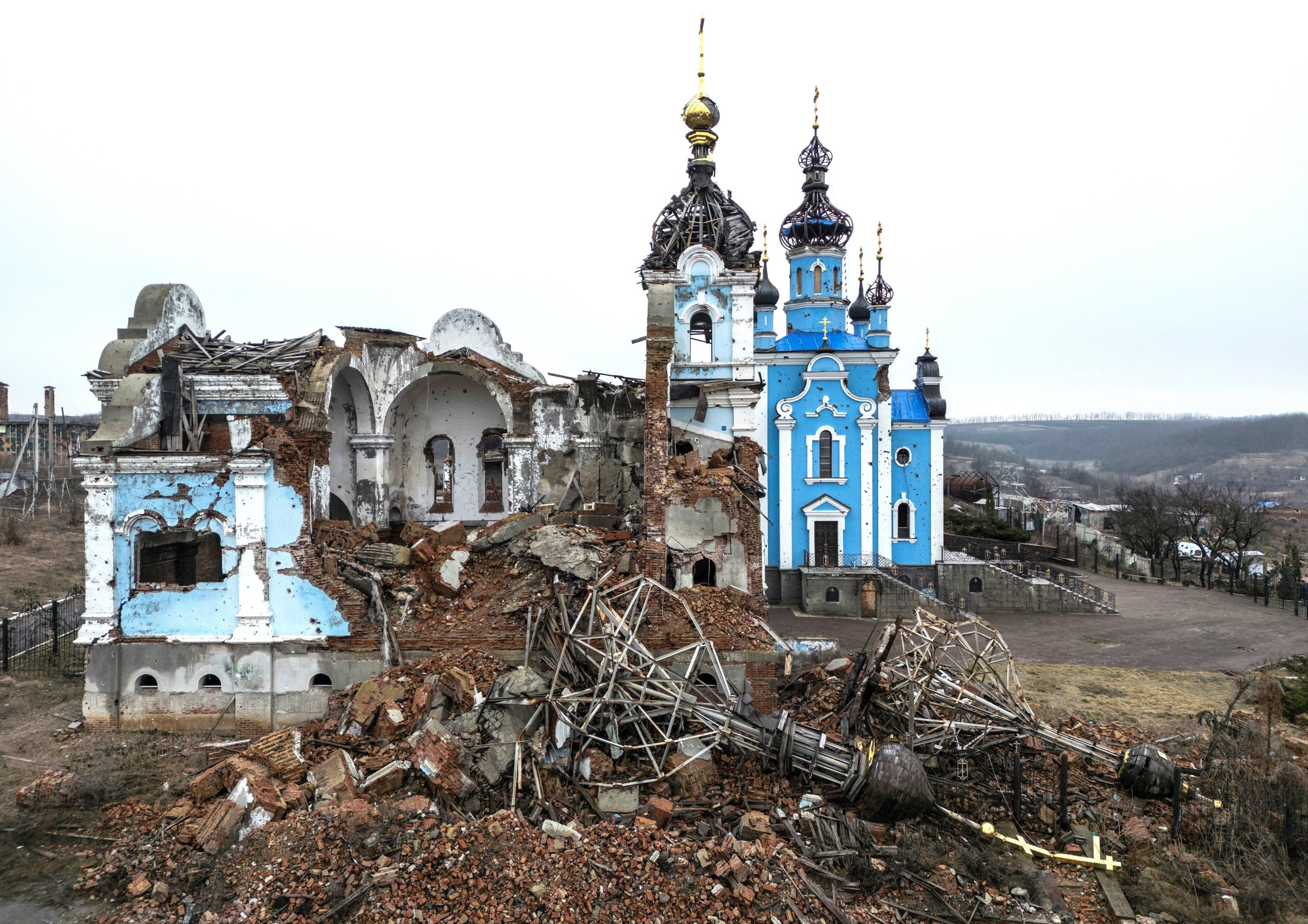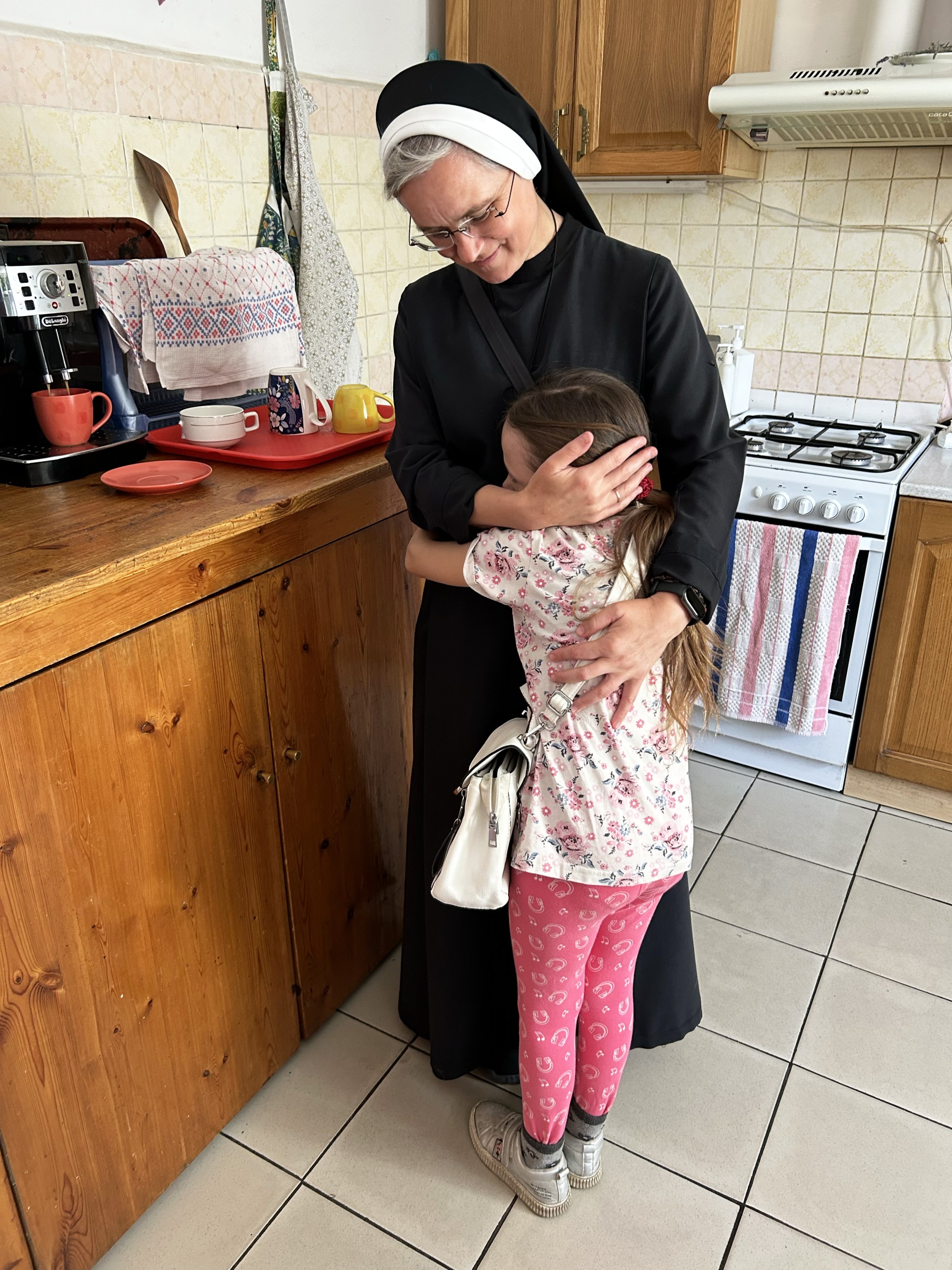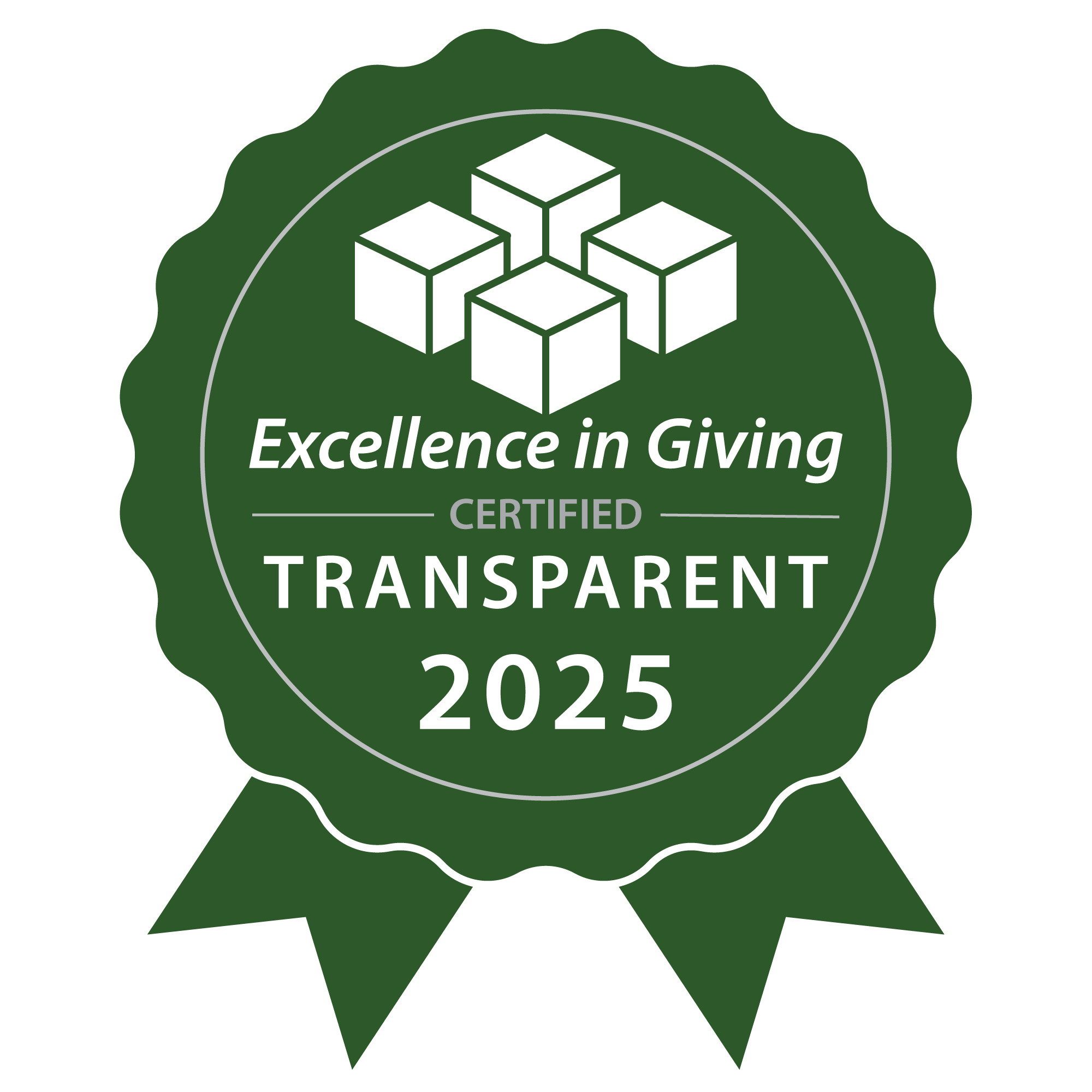
I am the son of Ukrainian refugees.
My parents came to the United States after World War II, carrying with them scars of trauma and stories of survival. As teenagers, they experienced firsthand the brutality of both the Soviet and Nazi regimes—witnessing repression and genocide, ultimately being forced to flee their homeland. During World War II some seven million inhabitants of Ukrainian lands were killed. My mother lost her older sister, a member of the Ukrainian resistance who was bludgeoned to death with a rifle butt by a Soviet agent, as well as her mother, who died as a refugee in Austria. My father was the only one from his family who managed to escape; the rest remained trapped behind the Iron Curtain. He was finally able to see his mother twenty-five years later, just a year before her death.
I share these family memories to convey that for me and for many Ukrainian Americans the images of February and March 2022—of millions of Ukrainians forced to leave their homes and lives behind due to the full-scale Russian invasion—resonate deeply. They evoke not only compassion but also revive the narratives I grew up with—stories of profound, often unspeakable and unspoken carnage woven into our family history. Yet in these stories, there was also hope. My parents’ generation did more than survive or find coping mechanisms; they lived fully and fruitfully, creating new life.
This hope and fullness of life is what I hear and sense from Ukrainians today—from those in the publishing industry in Kharkiv, a city bombarded daily, from Catholic Charities workers in Zaporizhzhia who themselves are internally displaced and had homes in what are now occupied territories, and from those who have lost loved ones to Russian war crimes. During my September trip to eastern Ukraine, I listened to stories of suffering, resilience, and hope, and I found myself asking what I and the Church community I serve can do to support people and communities in Ukraine. Since February 2022, our four Ukrainian dioceses in the United States have successfully distributed some nine million dollars to address the profound wounds inflicted by war—be they physical, spiritual, or mental. The efforts of individual parishes and parishioners have multiplied that amount many times.
How can the Ukrainian Catholic Church in the United States support those currently facing challenges here? What actions can be taken to assist individuals who have lost their homes due to destruction, occupation? How can we enhance the physical, mental, and spiritual well-being of those who found refuge in the U.S.?
In Ukraine, my parents lived less than 20 miles apart, yet they met on the steps of Saint George’s Church in Manhattan. For them, the church was a safe haven—a place to find themselves amid turmoil. Within a year, they were married in that same church. Their cohort, known in Ukrainian diaspora studies as the “third wave,” counted 85,000 people. I was surprised to learn that number; I had thought it was much higher given what they accomplished. Arriving with nothing but their faith the refugees filled existing parishes, established new ones, opened schools, and built community organizations. They were active and visible in both Church and civic life.

Since February 2022, nearly 350,000 Ukrainians have come to the U.S. under the “Uniting for Ukraine” program, and on various visas. All 200 Ukrainian Catholic parishes in the U.S. have seen new arrivals, but the numbers attending church do not fully reflect the influx of newcomers; they are not as visible.
My parents sought out the Church. Today, the Ukrainians who arrive need the Church to seek them out. Pope Francis calls us to be a “Church on her feet,” a Church that “goes forth”—a community of missionary disciples who take initiative, engage, accompany, and bear fruit. This is especially true for a Church that seeks to serve forced migrants and refugees who carry profound trauma and need healing.
In our Archeparchy, we currently assist displaced Ukrainians by providing information on housing, language courses, therapy, healthcare, schooling for their children, and job opportunities. Helping with practical matters is only the first step; in some ways, practical challenges are easier to address. The deeper struggles lie in the internal wounds—anxiety, sleeplessness, and the overwhelming questions: Why has this happened? Where was God?
Violence and forced displacement tear apart a person’s life, sever relationships, and create a great unknown. “Who am I now that I have lost all my possessions, possibly family members, and the ground beneath my feet?”
People need to feel the healing presence of the Church. The Church must listen; most people need to be heard before they can begin to heal.
At the heart of our mission is the call to help people rediscover who they are—that they are beloved children of God. It is vital to hear their pain and their questions and to bear witness to the Good News of the Gospel. If we can be present, then God’s presence becomes more understandable. The Lord has placed us in this world to be signs of the personal relationship He offers.
Our mission to migrants and refugees—whether serving millions or just one person we encounter—starts with presence. That’s what the Church seeks to offer.
*The Author is the Ukrainian Catholic Archbishop of Philadelphia.
**Through Missio.org, and with the special support of the Archdioceses of Los Angeles’ Mission Office, The Pontifical Mission Societies USA have raised and distributed $950,758 in support of the Church’s efforts to remain present in Ukraine. We thank each of you who have supported this fund, and those who continue to do so.


